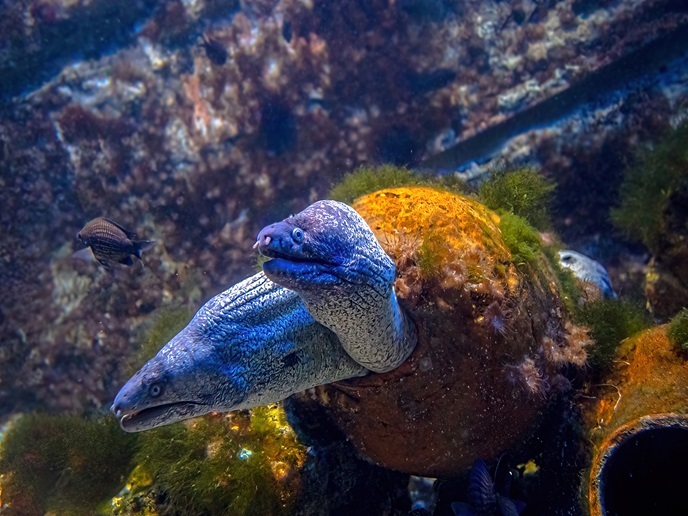Cooperative approaches to mapping the Atlantic
Understanding the state of deep-sea ecosystems – and how these might evolve in the future – is critical to developing effective and targeted conservation strategies. The ambitious iAtlantic(opens in new window) project sought to strengthen these efforts through the application of cutting-edge monitoring technologies and a great deal of transatlantic cooperation. The bottom line is that everyone benefits from a deeper understanding of how our oceans function. “If you want to understand how deep-sea ecosystems are connected, then working internationally is essential,” says project coordinator Murray Roberts from the University of Edinburgh(opens in new window) in the United Kingdom. “The sharing of expertise, equipment, infrastructure, data and personnel was at the forefront of iAtlantic’s approach.” In addition to European know-how, the project benefitted from the expertise of countries including Canada, Brazil, South Africa, and the U.S. The project was truly Atlantic in scope, covering the tip of Argentina in the south to Iceland in the north, and from the east coasts of Canada and Brazil to the western margins of Europe and Africa.
Transatlantic deep-sea research
iAtlantic was also the culmination of nearly a decade of fruitful transatlantic deep-sea research, following on from the EU-funded ATLAS(opens in new window) project (also coordinated by Roberts). Running from 2016 to 2020, ATLAS revealed 12 species new to science, among other important discoveries. “In this project, we had access to marine equipment from our U.S. partner, the University of North Carolina, which we were able to install onto a Canadian ship,” explains Roberts. “This gave us valuable data for a year on deep-sea sponge ecosystems in the Arctic.” Results from this transatlantic project fed into the UN’s Biodiversity Beyond National Jurisdiction(opens in new window) (BBNJ) Treaty, a legal international agreement designed to protect the oceans.
Bringing on board expertise
Beginning in 2019, iAtlantic continued and expanded on this work, benefitting from the strong research network already established. One exciting aspect was bringing on board expertise from Brazil and South Africa, extending monitoring coverage to the south Atlantic. “A key contribution from our U.S. partners, in addition to scientific expertise, was ship time,” explains Roberts. “Ships are really expensive. One decent offshore expedition for one month with cutting-edge equipment can cost around EUR 1 million.” The involvement of partners on the other side of the Atlantic enabled European researchers to benefit from existing infrastructure, while bringing their own expertise to the table. U.S. project partners included the National Oceanic and Atmospheric Administration, Oregon State University, Temple University, and the Bermuda Institute of Ocean Studies, affiliated with Arizona State University. iAtlantic focused on 12 key zones(opens in new window) of international conservation significance in the Atlantic Ocean and sent over 80 international missions to these sites. Data was recorded and samples collected. Remote experiments were even carried out on the deep seafloor. The project culminated in the largest symposium ever convened to discuss implementation of the BBNJ Treaty – kick-starting a symposium series that continues today(opens in new window).
U.S. cooperation in deep-sea monitoring
An important result to come out of iAtlantic has been the creation of a blueprint(opens in new window) for collaborative Atlantic research. The blueprint puts forward ideas for encouraging a transatlantic research approach, noting that ‘international cooperation and funding are integral to supporting science-led policies to conserve ocean ecosystems that transcend jurisdictional borders.’ “Collaboration between different countries and disciplines is critical,” notes Roberts. “If biologists want to understand where species like deep-sea corals and sponges grow, then they need to work with ocean physicists and modelers to understand how food gets to them and how ocean currents move their larvae across the ocean. This project has made headway in breaking down silos to tackle those questions – all essential to design ecologically connected protected areas.” On the policy side, project results have helped to inform the All-Atlantic Ocean Research and Innovation Alliance(opens in new window) (AAORIA). Roberts hopes that as a global forum for discussion and research, AAORIA will become a key means for continuing EU-U.S. cooperation in deep-sea monitoring.



